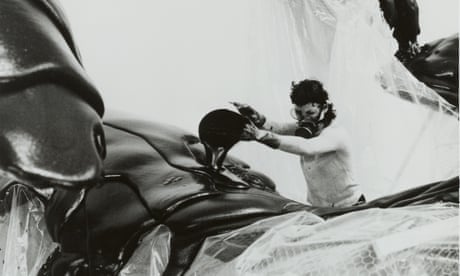2016/1963
2016 - Painting (Painting)
Diptych, each panel: 76.2 x 86.36 cm.
Titus Kaphar
Although the objects depicted in Titus Kaphar’s diptych 2016/1963 might not be immediately recognizable, the work’s title and the inscriptions ‘Alabama 1963’ and ‘North Dakota 2016’ reveal their use as tools of brutal force. The work with the inscription ‘Alabama 1963’ is a painting of the nozzle of a high-pressure water jet that the Birmingham Police used against black protesters, including children, during a non-violent campaign against racial segregation led by Martin Luther King JR. during the civil rights movement. The second painting depicts the nozzles used against protestors that in 2016 opposed the plans to build the Dakota Access pipeline near the Standing Rock Indian Reservation, many of whom were seriously hurt and left soaking wet during freezing temperatures. In both instances, the footage of the police’s inhumane response to non-violent protesting was broadcast globally, and these images have remained as a scar in our shared consciousness. Speaking to the longstanding impact of these acts of racially-driven cruelty, 2016/1963 is a chilling reminder that the systemic brutality endured by people of color during the civil rights movement is not something that solely remains in the past.
Titus Kaphar’s work is often discussed as socially and politically oriented, however, the artist describes it as a series of deeply personal responses to situations, narratives or histories. He is best known for revisiting historical forms of representation, primarily paintings, and modifying them—cutting areas out, painting over subjects, slashing, wrinkling, layering, and stitching elements out of or onto a painting. Through these formal interventions, Kaphar reveals subjects and narratives that were previously hidden or made peripheral. At the core of his interrogation of the past is the need to address how black bodies and other bodies of colour have been historically either invisiblized or represented as inferior, enslaved, imprisoned, powerless—never as the main subjects. Rather than undoing this problematic history, he brings it to the present and puts it to question by redirecting our gaze towards those subjectivities that have and continue to be excluded and inferiorized.
Colors:
Related works sharing similar palette
» see more

© » KADIST
Gareth Moore
2006Uncertain Pilgrimage is an ongoing project in which Moore draws from his unplanned travels in recent years...







